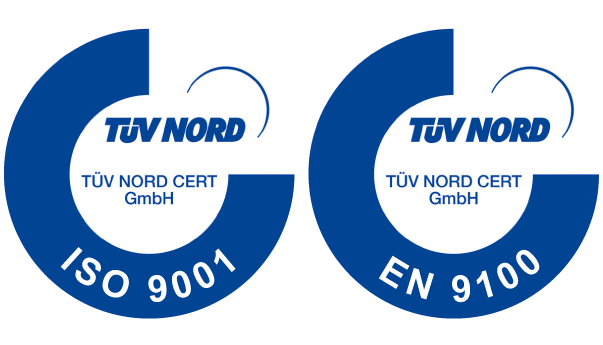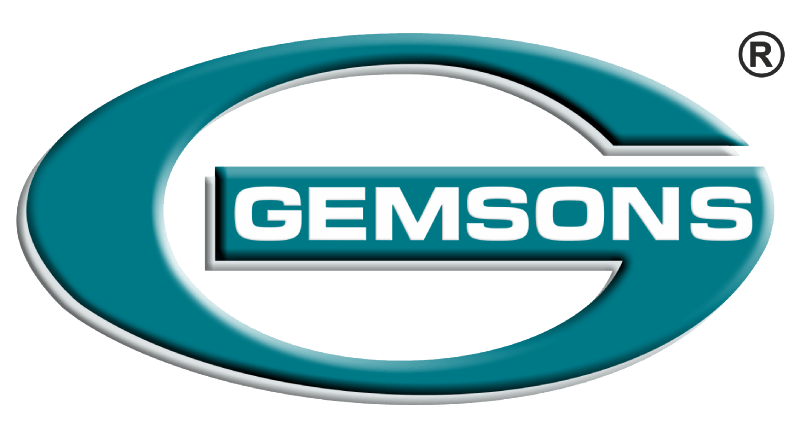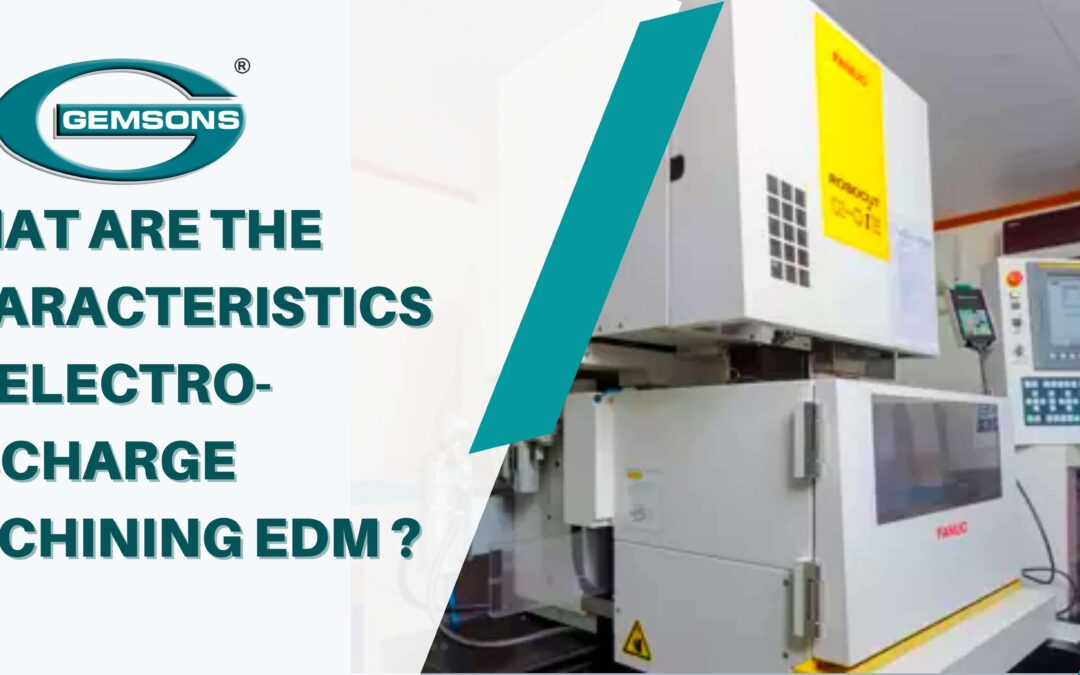Electrical Discharge Machining (EDM) is a sophisticated machining technique for complex and difficult metals that are difficult to machine using traditional methods. This process can only machine electrically conducting materials. Wire EDM machining is best for creating intricate cavities and contours that would be difficult to achieve with conventional machines such as grinders, end mills, or other cutting tools.
Electrical discharge machining (EDM) allows you to work with metals that traditional machining methods can’t handle. It only works with electrically conductive materials (unless otherwise specified). It is possible to cut small, odd-shaped angles and detailed contours or cavities in hardened steel as well as exotic metals such as titanium and carbide using recurring electric discharge.
The popularity of wire Electrical Discharge Machining (EDM) is on the rise when it comes to machining precision parts. It’s a tried-and-true complement to traditional manufacturing processes like Swiss turning and milling, and it’s ideal for producing geometrically complex high-precision gears, mechanical components, and rapid prototypes.
Wire EDM Machining
Let’s learn more in depth about wire EDM machining. Extrusion dies are frequently made with wire EDM, also known as wire erosion. It cuts in the same way that die-sinking does. The die, on the other hand, is replaced by a very fine electrically charged wire that serves as the electrode. This machining method is similar to using a cheese cutter to make a two-dimensional cut in a three-dimensional part.
The wire is usually very thin, measuring between 0.05mm and 0.35mm in diameter. To avoid using burnt wire and ensure precise cutting, a fresh wire is automatically spooled throughout the machining process; this method will result in extremely precise cuts.
Electrical discharge machining allows for the cutting of shapes and depths that would be impossible to achieve with traditional machining methods. Undercuts and perfectly square internal corners are examples of these. An added benefit is that the machining process does not produce a burr.
EDM is well-suited for producing small parts and prototypes due to its high levels of precision. Its efficiency in producing high-volume orders is limited. For example, in the automotive industry, where high levels of precision are required to produce intricate engine components, this technique is frequently used.
The characteristics of electro-discharge machining EDM are as follows:
- Tolerances of +/- 0.005 are possible.
- The hardness of the material has no bearing on the process – EDM can successfully machine Tungsten Carbide, Stellite, Hastelloy, Nitralloy, Waspaloy, Nimonic, and Inconel.
- Without distortion, cutting complex shapes and thin walled configurations
- Because EDM is a no-contact, no-force process, it’s ideal for delicate or fragile parts that can’t withstand the stress of traditional machining.
- There are no burrs left after the EDM process.
When parts have specific geometrical requirements, electrical discharge machining is an excellent method to use in conjunction with a traditional machining method such as CNC. The process’s ability to machine hard materials makes it an appealing option when working with materials.
Gemsons is a leading wire EDM machining service provider in the world. We provide precision EDM services and other machining services; because of our state-of-the-art equipment and highly qualified staff, we have been a market leader in delivering complex parts. Do you have any questions about wire EDM machining? For immediate engineering assistance, don’t hesitate to get in touch with us.



Recent Comments